The bustling streets of Tokyo's Ginza district have seen a remarkable surge in Chinese shoppers this season, with luxury boutiques reporting unprecedented sales figures. This consumer boom follows Japan's implementation of streamlined tax refund procedures specifically designed to attract more international visitors. According to recent data from the Japan Tourism Agency, spending by Chinese tourists has increased by 25% in the first quarter since the new policies took effect.
The simplified refund system, introduced last October, has significantly reduced processing times at airports and major retail centers. Where travelers previously needed to present purchased goods along with receipts at customs, the revised process now allows for electronic verification and automatic refunds to credit cards. "The difference is night and day," remarked Liu Wei, a frequent Chinese visitor shopping at a high-end electronics store in Osaka. "Last year I waited nearly two hours at Narita Airport just to get my tax refund. This time, the money appeared in my Alipay account before I even boarded my return flight."
Department stores across Japan have reported particular growth in cosmetics, watches, and premium Japanese whiskey purchases. The Mitsukoshi flagship store in Nihonbashi noted a 40% increase in Chinese customers buying skincare products since the policy change. "The combination of favorable exchange rates and easier tax refunds has created perfect conditions for luxury shopping," explained retail analyst Kenji Tanaka. "Chinese consumers account for nearly 60% of our high-value transactions now, compared to about 45% this time last year."
Behind the scenes, Japan's Ministry of Finance worked closely with payment platforms like Alipay and WeChat Pay to integrate their systems with the new refund process. This technological partnership has proven crucial, as over 90% of Chinese tourists prefer mobile payment options over traditional credit cards or cash. The seamless integration allows purchases to be automatically flagged for tax exemption at participating retailers, with refunds processed through the same platforms used for the original transactions.
The policy changes come as Japan intensifies efforts to revitalize its retail sector after pandemic-era losses. With Chinese travelers constituting the largest segment of inbound tourism spending, their purchasing power directly impacts regional economies. Kyoto's traditional craft shops, for instance, have seen a renaissance as more tour groups include cultural shopping experiences in their itineraries. "The simpler refund process means visitors spend less time worrying about paperwork and more time appreciating our artisans' work," said pottery shop owner Yamamoto Hiroshi.
Airport duty-free operators have adapted their strategies in response to the downtown shopping boom. Rather than competing with urban retailers, major airports have shifted focus to exclusive products and last-minute purchases. "We're seeing stronger sales in perishable regional specialties now - premium wagyu beef, seasonal fruits, and limited-edition snacks that travelers buy just before departure," noted Kansai International Airport spokesperson Aiko Matsuda. This diversification appears successful, with airport retail revenue maintaining steady growth despite the streamlined refunds available elsewhere.
The tourism spending surge has sparked infrastructure improvements beyond retail. Several major train stations have added Mandarin-speaking staff, while popular shopping districts have increased signage in simplified Chinese. Mobile payment terminals have become nearly ubiquitous, even at small family-run businesses in tourist areas. This comprehensive approach aims to create an ecosystem where Chinese visitors feel comfortable spending freely throughout their journeys.
Industry observers note that the 25% spending increase significantly outperforms the overall growth in Chinese visitor numbers, which rose about 12% during the same period. This discrepancy suggests that simplified procedures aren't just attracting more tourists, but encouraging existing visitors to spend more per trip. The average transaction value for Chinese shoppers has increased by approximately 18%, indicating greater confidence in making substantial purchases under the new system.
As the Golden Week holiday approaches - typically a peak travel period for Chinese tourists - retailers are preparing for what many predict will be record-breaking sales. Department stores have hired additional Mandarin-speaking consultants, while luxury brands are expanding their inventory of high-demand items. "We've doubled our stock of premium pearls and designer handbags," shared Takashimaya's purchasing manager Emi Kobayashi. "The feedback from our Chinese clientele suggests they're planning shopping sprees unlike anything we've seen before."
The success of Japan's policy experiment may inspire similar reforms elsewhere in Asia. Tourism boards from South Korea to Thailand have reportedly sent delegations to study the streamlined refund model. For now though, Japan enjoys a competitive advantage in attracting free-spending Chinese travelers - a demographic increasingly crucial to global luxury markets. As the cherry blossom season begins, shops across the country are decorating their windows not just with spring motifs, but with prominent tax-free shopping signs in bold Chinese characters.
Long-term implications remain to be seen, but early indicators suggest the administrative simplification has achieved its goals. Beyond the immediate revenue boost, the improved shopping experience appears to enhance overall visitor satisfaction. Hoteliers report higher return booking rates from Chinese guests, while travel agencies note increased interest in repeat visits focused on different regions. What began as a procedural tweak may ultimately strengthen Japan's position as Asia's premier shopping destination for years to come.
The retail transformation extends beyond major cities, with secondary markets like Fukuoka and Sapporo now attracting more shopping-focused tours. Regional specialties - from Hokkaido's lavender products to Okinawan beauty items - benefit from the same streamlined refund process. This geographical diversification helps distribute tourism dollars more evenly across the country while relieving pressure on overcrowded hotspots like Tokyo and Osaka.
Interestingly, the policy changes have also influenced Chinese travelers' behavior before they even depart for Japan. Travel bloggers and influencers now prominently feature tax refund explanations in their Japan shopping guides, with many creating tutorial videos about the simplified process. This organic promotion has educated potential visitors about the ease of shopping in Japan, further amplifying the policy's impact. "My followers used to ask endless questions about the old refund system," noted popular travel vlogger Zhang Lei. "Now I just tell them to shop freely and let the technology handle the rest."
As sunset paints Tokyo Tower in golden light each evening, the queues at luxury boutiques show no signs of shortening. For Japan's retail sector, the simplified tax refund has proven to be that rare policy intervention that creates immediate, measurable benefits without unintended consequences. Other nations watching Japan's experiment may soon decide that smoothing the path for free-spending tourists isn't just good hospitality - it's sound economic strategy in an increasingly competitive global tourism market.

By Emily Johnson/Apr 11, 2025

By William Miller/Apr 11, 2025

By Benjamin Evans/Apr 11, 2025

By Grace Cox/Apr 11, 2025

By Amanda Phillips/Apr 11, 2025

By James Moore/Apr 11, 2025

By Natalie Campbell/Apr 11, 2025
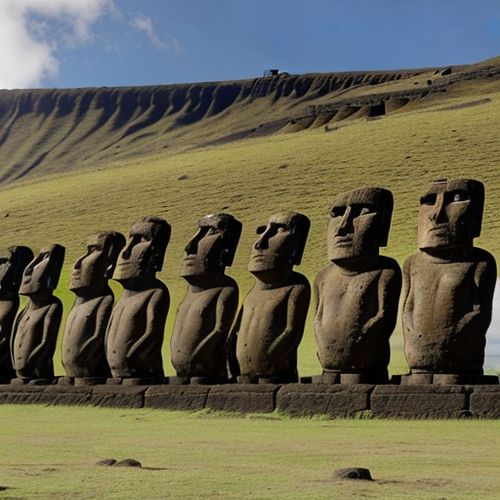
By Eric Ward/Apr 11, 2025

By James Moore/Apr 11, 2025
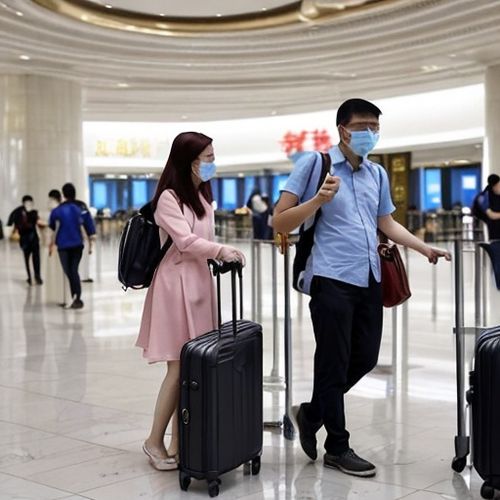
By Emily Johnson/Apr 11, 2025

By Christopher Harris/Apr 11, 2025

By Michael Brown/Apr 11, 2025
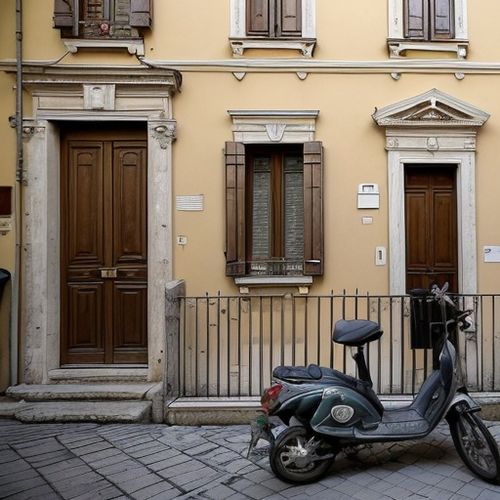
By Rebecca Stewart/Apr 11, 2025
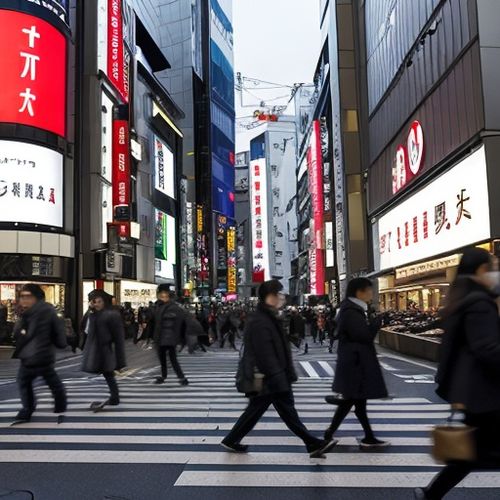
By John Smith/Apr 11, 2025
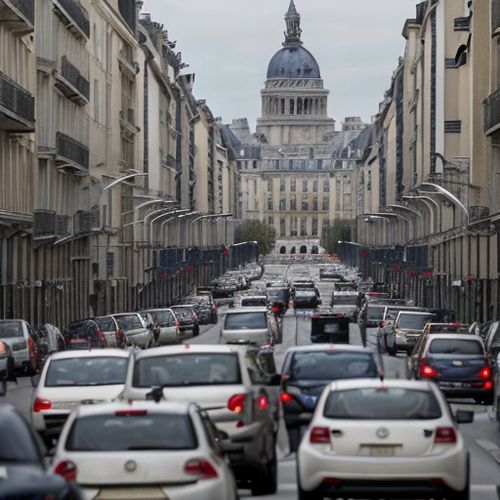
By Natalie Campbell/Apr 11, 2025

By Emily Johnson/Apr 11, 2025

By John Smith/Apr 11, 2025

By Michael Brown/Apr 11, 2025

By Amanda Phillips/Apr 11, 2025

By Joshua Howard/Apr 11, 2025